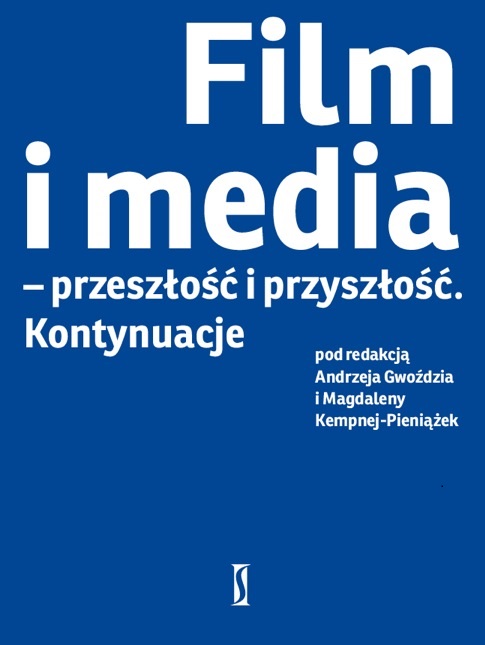O potrzebie antropologizowania. Metoda i praktyka w badaniach nad audiowizualnością
On the Necessity to Anthropologise. Method and Practice in Studies on Audiovisuality
Author(s): Karina Banaszkiewicz
Subject(s): Social Sciences, Fine Arts / Performing Arts, Media studies, Communication studies, Film / Cinema / Cinematography
Published by: Instytut Sztuki Polskiej Akademii Nauk
Keywords: anthropology; audiovisuality
Summary/Abstract: Anthropology suggests a particular type of reading and, therefore, it is always an anthropology of something. If it is to be an anthropology of classical and digital-wave audio-vision media, certain conditions must be fulfilled. The first step is choosing the module. In relation to this module communication will be understood and its field will be organised. Conversion is based on repetition and differentiation of cultural contents by means of accessible powers. When the point of reference is man, the recurrent elements are corporeality, tools and contents. Variables are regulated by conventions of particular cultures. The second step is defining the field of studies. In the Euro-Atlantic context it is an endotic field. Practicing communication with the use of numerous media makes the field familiar and transparent. Currently the field is comprised of: audiovisual images, 3D objects and their mutations, multi-sensual media events. The third step towards the anthropology of media is defining conditions for media forms to function in the role of reality. The precondition is space and its relations with the user. Recognising a visual form as space is fundamental for the establishment of the real. The anthropos module involves both reality and its classes: real, imaginary, fictions, abstractions, virtuality. Subsequent steps in media studies, when man is a point of reference, require taking account of the apparatus (media and cognitive). Such a reflection leads through cultures of context and cultures of a sociological group.
Book: Film i media – przeszłość i przyszłość. Kontynuacje
- Page Range: 17-31
- Page Count: 15
- Publication Year: 2014
- Language: Polish
- Content File-PDF

